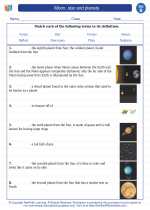Moon, star and planets -> population
Population
Population refers to the total number of individuals of a specific species in a particular area. It is an important concept in ecology and is studied to understand the interactions and dynamics within an ecosystem.
Factors Affecting Population
Several factors can affect the size and growth of a population:
- Birth Rate: The number of births in a population over a specific period.
- Death Rate: The number of deaths in a population over a specific period.
- Immigration: The movement of individuals into a population.
- Emigration: The movement of individuals out of a population.
- Limiting Factors: Environmental factors such as food, water, shelter, and space that can limit the growth of a population.
Population Growth Models
Scientists use various models to study and predict population growth:
- Exponential Growth: When a population increases at a constant rate over time, resulting in a J-shaped curve.
- Logistic Growth: A model that takes into account limiting factors and results in an S-shaped curve, representing a population reaching its carrying capacity.
Human Population
The study of human population is crucial for understanding global trends and impacts on the environment. It involves analyzing factors such as birth rates, death rates, migration patterns, and resource consumption.
Study Guide
To better understand the concept of population, consider the following study guide:
- Define population and its significance in ecology.
- Identify and explain the factors that can affect population size and growth.
- Compare and contrast exponential and logistic growth models.
- Discuss the importance of studying human population and its impact on the environment.
- Conduct research on a specific population (e.g., a species in a local ecosystem) and analyze its growth trends.
By mastering the concept of population, you will gain a deeper understanding of the dynamics of living organisms within ecosystems and their interactions with the environment.
.◂Science Worksheets and Study Guides Second Grade. Moon, star and planets

 Activity Lesson
Activity Lesson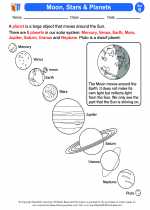
 Worksheet/Answer key
Worksheet/Answer key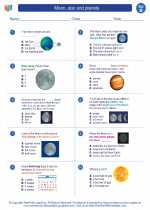
 Worksheet/Answer key
Worksheet/Answer key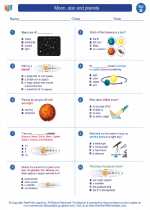
 Worksheet/Answer key
Worksheet/Answer key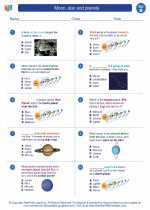
 Vocabulary/Answer key
Vocabulary/Answer key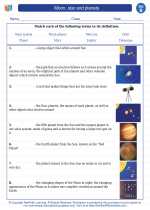
 Vocabulary/Answer key
Vocabulary/Answer key